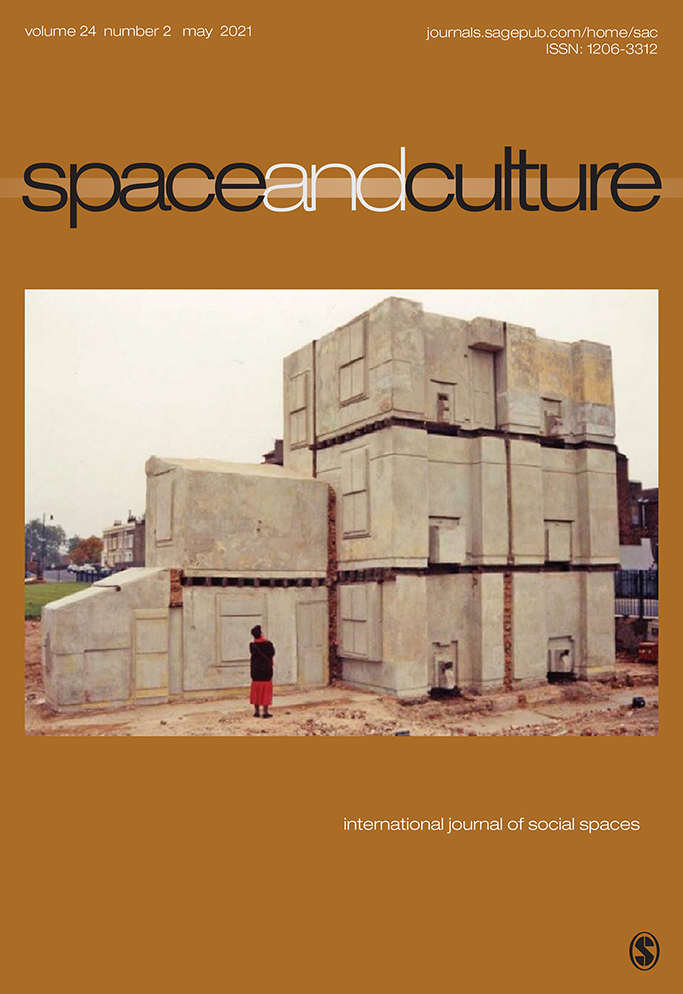
“Memory Surrounding a Mausoleum: Transforming Spain’s Valley of the Fallen Into a Site of Conscience" (T. J. Goldberger, Space and Culture 25(2): 232-244 [2022])
Francisco Franco announced the construction of the Valley of the Fallen in 1940, a year following the end of the Spanish Civil War, and incorporated overt iconography that honored the struggle of Nationalists without memorializing the Republican victims during this war. This memorial distinguished the names of two fascist leaders, Jose Antonio Primo de Rivera and Franco, buried in the center of the basilica in 1959 and 1975, respectively. However, this site, as of June 2021, has failed to acknowledge the over 33,000 victims, both Nationalists and Republicans, interred in this site, many of whom remain unidentified. The signification of the Valley of the Fallen has transformed since the turn of the 21st century due to recent memory practices that increasingly commemorate Republican victims of the Spanish Civil War. This article illustrates how the persistence of memory and counter-memory practices have shifted the meaning of the Valley of the Fallen, creating a site of conscience through changes affecting place and space, particularly in light of Franco’s legacy.